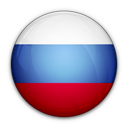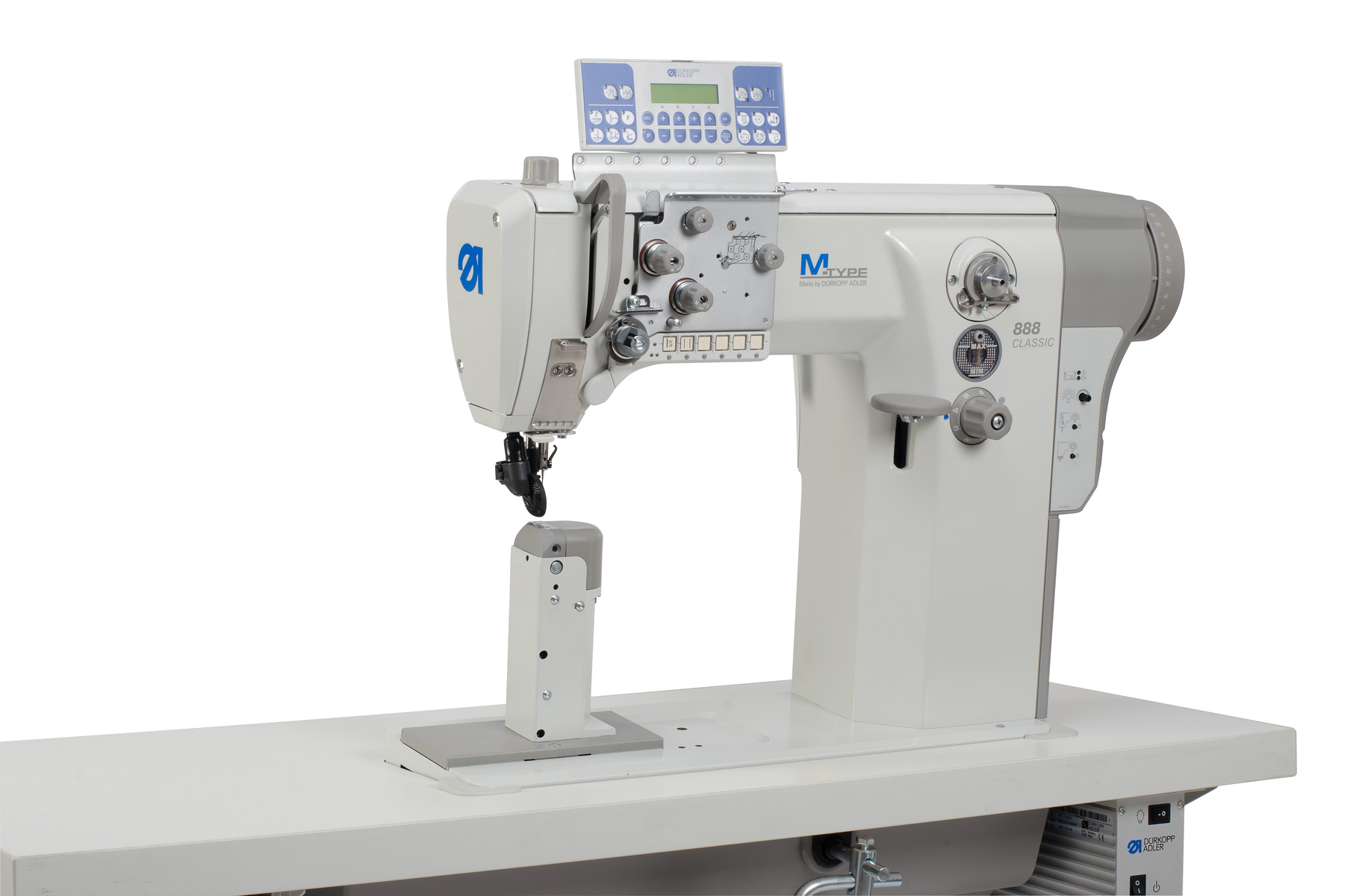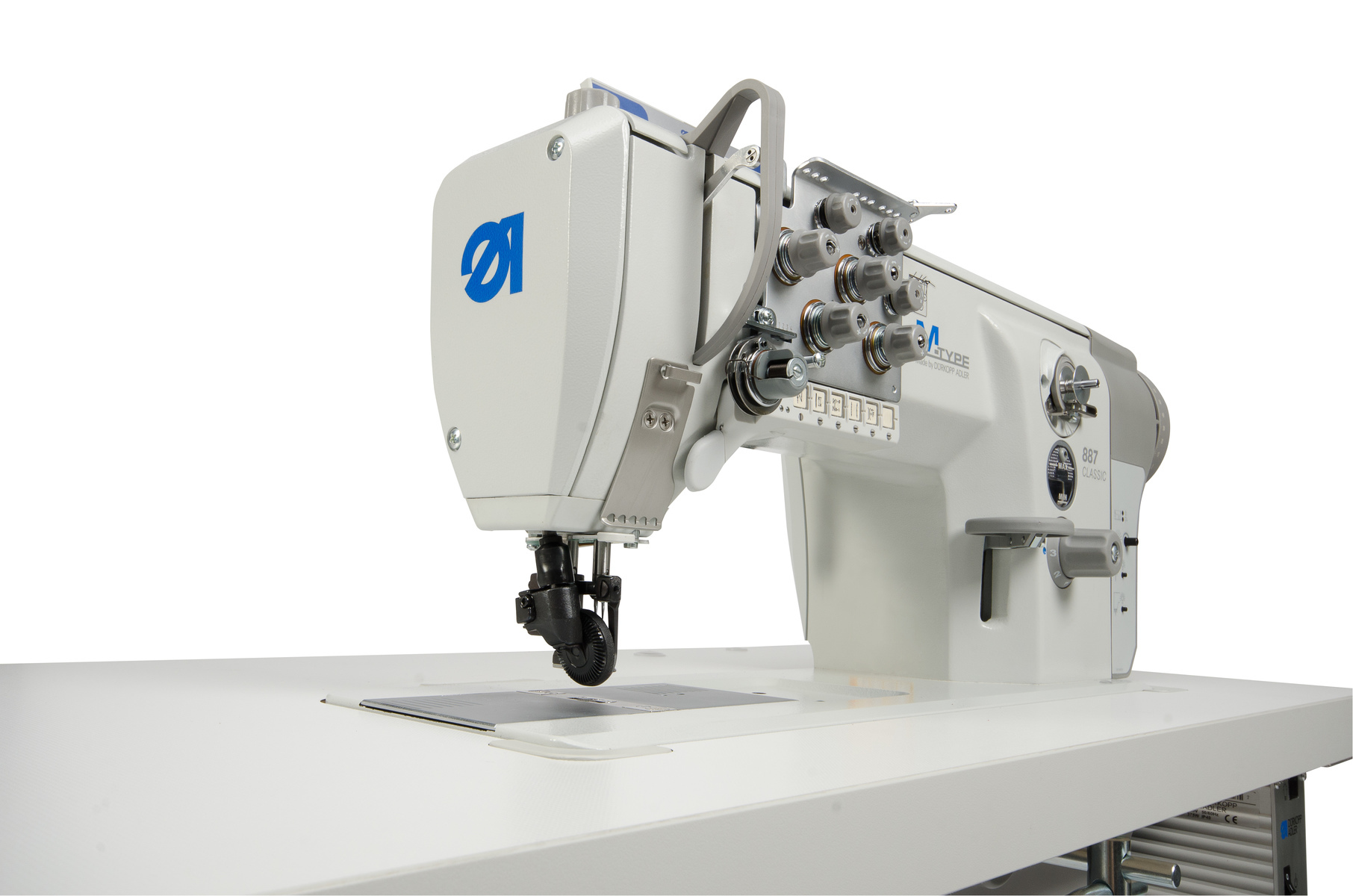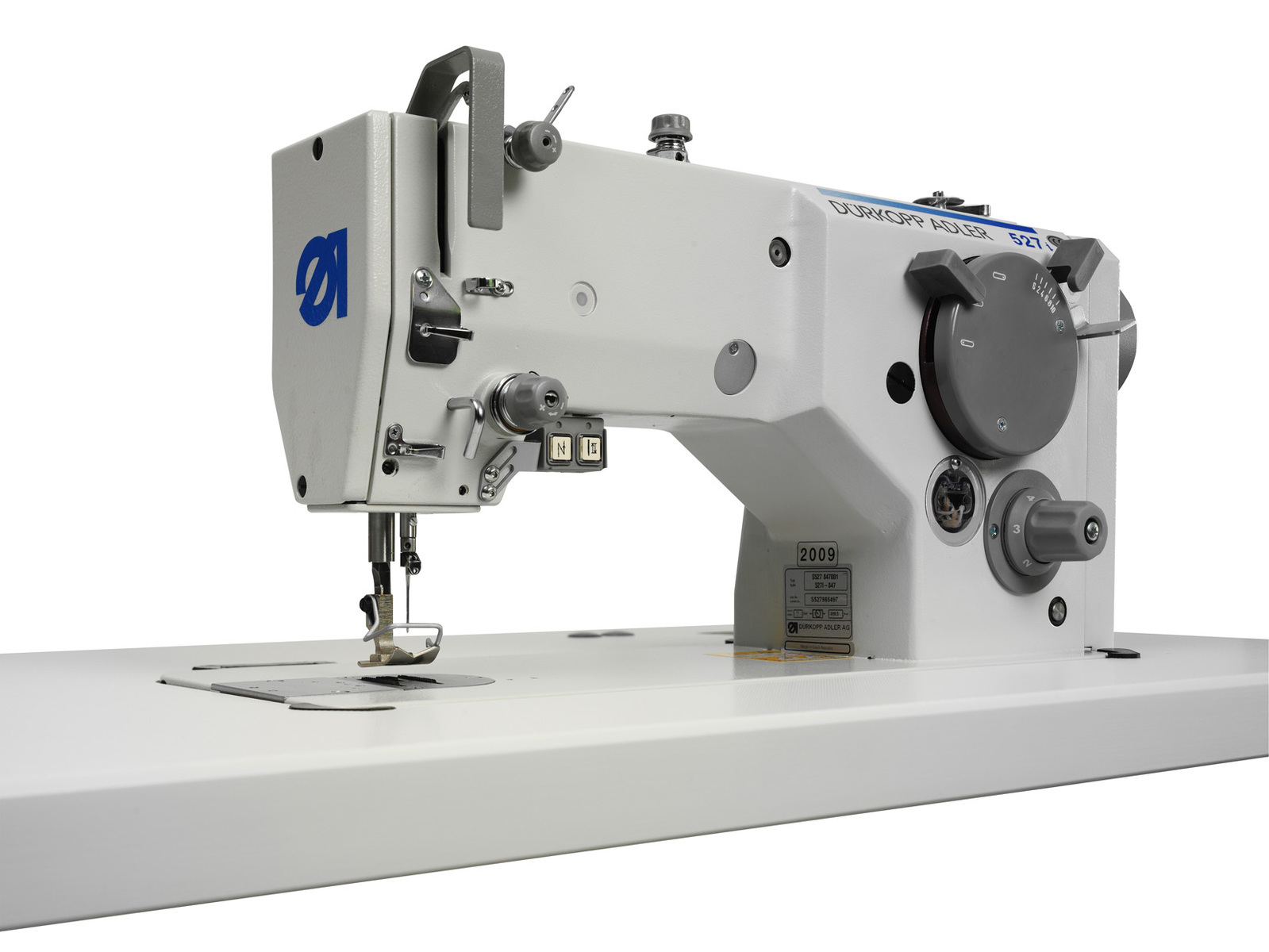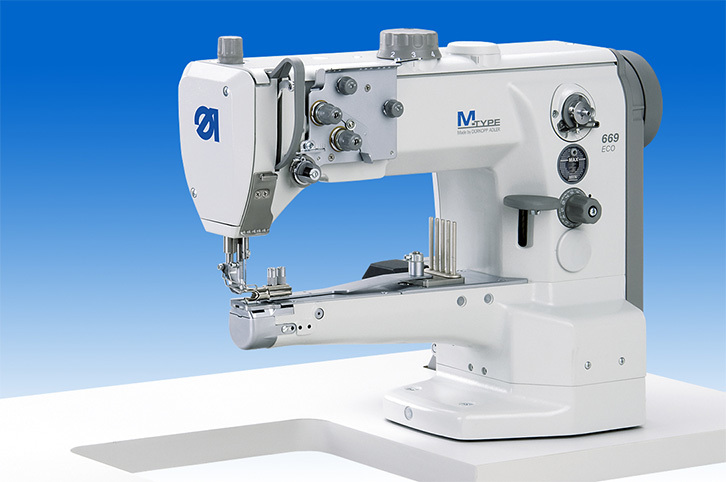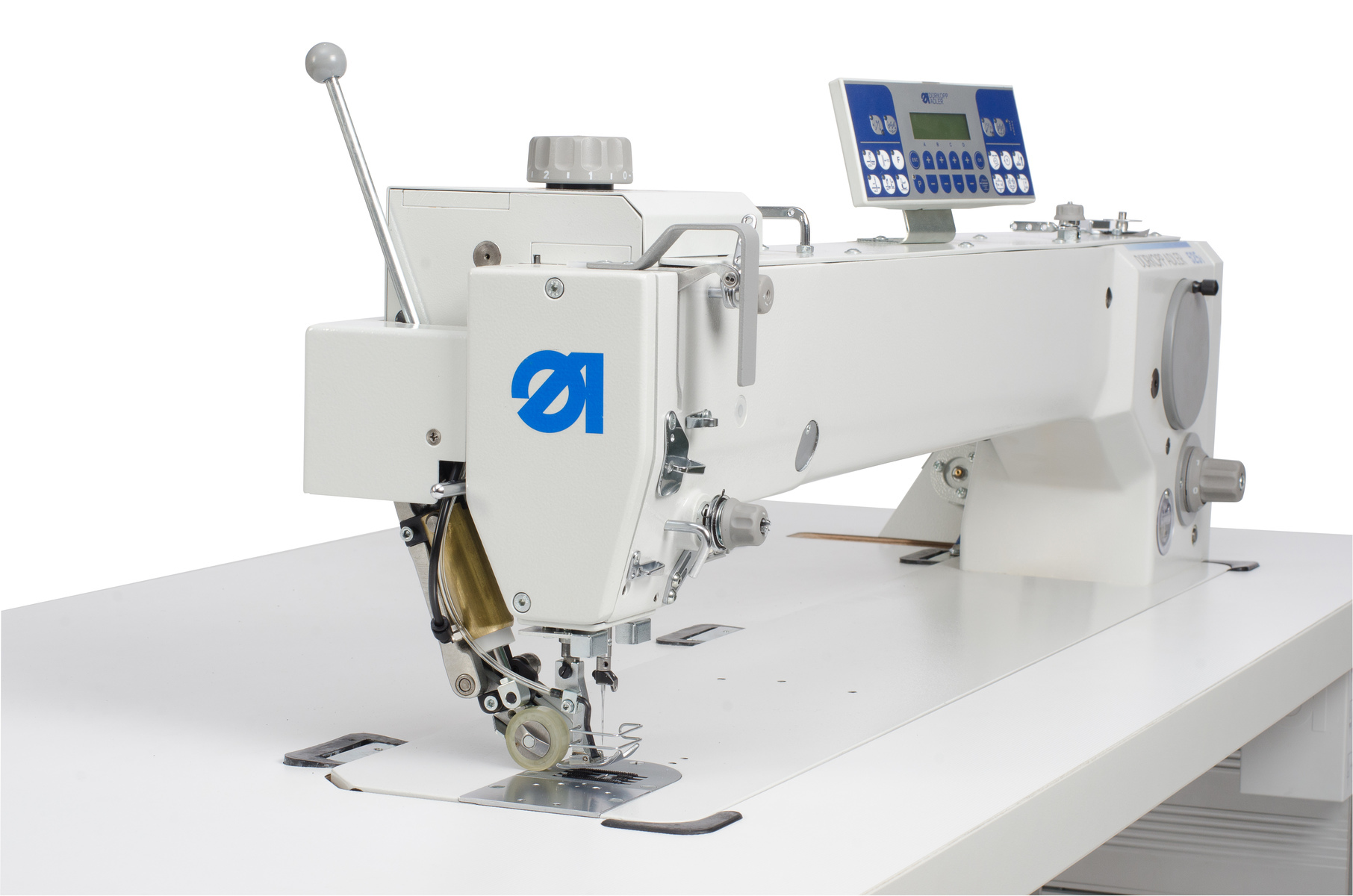History
Main historical points
- 1881 establishment of company for sewing machine production in Vienna - start of sewing machine production under MINERVA brand
- 1913 relocation from Vienna to Opava and merger with Silesia company
- 1936 start of factory construction in Boskovice
- 1938 beginning of sewing machine parts production
- 1950 establishment of MINERVA as independent national enterprise
- 1953 start of industrial sewing machine production
- 1968 discontinuation of household sewing machine production
- 1970 production of first sewing machines of Typos I unified type series
- 1976 establishment of ELITEX BOSKOVICE concern company and integration in ELITEX LIBEREC textile engineering concern
- 1990 privatization
- 1991 establishment of MINERVA BOSKOVICE joint stock company
- 1993 signature of cooperation contract between MINERVA BOSKOVICE, a.s. and Dürkopp Adler AG. MINERVA started production of Dürkopp Adler parts
- 1996 beginning of first sewing machines of Typos II series
- 1997 MINERVA became member of DÜRKOPP ADLER Group
- 1999 "MINERVA" trademark was replaced with “DÜRKOPP ADLER“,
- 2004 start of development of M–Type medium heavy sewing machines
- 2005 MINERVA as member DÜRKOPP ADLER Group became member of SGSB Group Co., Ltd., start of M‑Type machines serial production
- 2010 ZOJE Holding Group Co., Ltd. joined Dürkopp Adler company
- 2011 start of development of H–Type heavy sewing machine production
History of Minerva
| Founders of the MINERVA Company Mr. Emil Rezler and Mr. Josef Komárek |
|---|
The establishment of the company MINERVA commenced with its founders, Mr. Emil Rezler and Mr. Josef Komárek. Josef Komárek was born in Vrbno near Kopidlno in Bohemia on 20 November, 1848. As a boy of fourteen, he went to Kopidlno to serve his apprenticeship at a mechanical workshop, where he was trained for a skilled lockmith´s craft. To improve his knowledge and skill, he left for Vienna in 1867; Vienna was a center of sewing machine production. It was where he met Emil Rezler, and in 1881* they founded the company “K. k. priv. Nähmaschinen – Fabrik Rezler & Komarek in Wien” as a public company for sewing machine production. It was the first Czech company for sewing machine production not only in Vienna, but also in the whole of the Austro-Hungarian monarchy. They had the MINERVA trademark registered in 1883, including the inscription “Meliora sunt bono inimica“ (“Better is the enemy of good“), under the registration number 3297. A better-known form of this trademark is the one in an oval label registered under the registration number 1284 in 1891. This form of the goddess Minerva was cast on the side of the sewing machine stands.
The original production program of the company consisted of professional sewing machines with a long shuttle, produced in three sizes - A, B, and C under the Howe system; and Cylinder Elastic cylinder arm machines for shoe sewing. In 1912-13, the company Rezler & Komárek Vienna moved to Opava where it merged, due to an initiative of the Moravian agrarian and industrial bank in Brno, with a local company "Silesia - Erste österr.-ungarische Nähmaschinen-Fabrik Gesellschaft E. Kohn & Mittler Opava”. After the merger of the companies, a joint stock company was established and named “Minerva, the first Austro-Hungarian factory for sewing machines, Plc, Rezler & Komárek”. The production was conducted solely in Opava - A, B, C machines as well as other types D, E, F; since 1924, also machines with a swinging hook, so-called “Central Bobbin“; and up to 1930, machines marked as M 16. In 1936, another branch factory started to be built in Boskovice at the premises of the company “Iron and steel industries a.s.” (earlier A. Eisler). The production was not sewing machine parts, but an armament production. Since the same year, there was a tendency to merge the “Minerva” in Opava with the “Iron and steel industries a.s.“ in Boskovice and to transfer the headquarters from Opava to Boskovice; regardless all efforts, it did not take place that year.
MINERVA ´s registered trademarks |
|
|---|---|
|
|
|
|
Registered trademark in 1883 |
Registered trademark in 1891 |
In October 1938, after the Sudeten had been annexed, a part of the employees from Opava was transferred and a part of the machinery was relocated to Boskovice. New production workshops and flats for employees started to be built. In 1939, the first household sewing machines M 16 were assembled in Boskovice. In 1940-41, the first sewing machine marked MINERVA M21 was produced in Boskovice.
In the middle of 1941, the household sewing machine production in Boskovice was discontinued, and all machine equipment was converted in the armament production for the German Wehrmacht.
In 1945, after the liberation, the household sewing machine production was re-started both in Opava and in Boskovice. Both factories were nationalized and national administration was introduced in them. The quantity of 490 sewing machines M 21 were assembled in Boskovice.
|
|
|
|
Spring barrel orbit of Sedláček system |
Sewing machine for underwear and ladies' wear MINERVA M 16 |
In 1946, the MILA company for sewing machine production was established as a national enterprise in Opava; it associated all producers of sewing machines in Czechoslovakia. MINERVA Opava and Lada Soběslav first became its parts, and a year later, also the factory MINERVA BOSKOVICE, which was then a part of the company “Iron, steel and machine industries” Boskovice.
|
|
|
Examples of advertisements of MINERVA Opava about 1930 |
As of 1 January, 1950, independent national enterprises Minerva Opava, Lada Soběslav, and MINERVA BOSKOVICE were established. The sewing machines were produced paralelly both in Opava and in Boskovice till 1953, when, in accordance with the decree issued by the Ministry of heavy industry, the sewing machine production was transferred from Minerva Opava to the national enterprise MINERVA BOSKOVICE. The year 1953 was significant for the company since the production started in Boskovice of industrial sewing machines transferred from the company ZPS Gottwaldov (now Zlín). The family and industrial sewing machines were produced parallely up to 1968 when the production of the household sewing machines in Boskovice was discontinued. In1976, a concern company ELITEX BOSKOVICE was newly established and integrated in ELITEX LIBEREC, a textile industry concern. In 1988, the company was separated from the concern, and re-named to a state enterprise MINERVA BOSKOVICE. In 1989, a new production workshop was built for cast iron machining and painting; then central boiler room for fossile fuel, and a factory canteen were put in operation. At the end of 1990, a joint stock company was founded through the decision of the Minister of engineering and electrotechnical industry, and on 1 January, 1991, it was incorporated in the Register of companies as a business company MINERVA BOSKOVICE, a.s. It was on that day when the modern history of the company commenced.
|
|
|
Share of Minerva Nähmaschinenfabrik A.G. Opava worth 1.000 RM issued in January 1943, printed by Giesecke & Devrient
|
|
|
|
Patent document for sewing machines thread tensione case lifter lifted up by means of sewn material tension lever |
Modern history of Minerva
The modern history commences on the day 1 January, 1991, when MINERVA was incorporated in the Register of companies as a legal successor of the state enterprise, and Mr. Dušan Zábrodský became the first Chairman of the Board of Directors, Mr. Lubomír Pukl the Vice-Chairman of the Board of Directors, and Mr. Antonín Oujezdský the General Director. The company consisted of the main factory with three detached workshops in Boskovice (Bosko automat workshop, press shop, and fabrication of sub-assemblies for the Elitex concern in Hybešova Street, a workshop for fabrication of stretch rolls in Lhota Rapotina), which provided jobs for 1.500 employees, and a factory in Prostějov (350 employees). MINERVA was subsequently privatized during the first vawe of a voucher privatization, when 283 363 shares of nominal value 1.000 CZK were sold to the total of 7.006 investment voucher owners (DIK) and to 11 investment privatization funds (IPF). The company was in a burdensome situation; the COMECON market disintegrated, MINERVA was searching for new customers, new production programs, new investment partners, and it was making its activities more effective. Dissolved were the departments of transport; machinery and construction investments, joiner´s workshop, safeguarding service; these service departments were outsourced.
To support the sale of sewing machines, joint ventures were established in Rovno, Saratov, and Leningrad (now Sankt Peterburg) in the countries of the former Soviet Union. Professional sewing machines M113, M106, M524 were developed, but they did not improve the sales situation. By the end of 1991, Mr. Antonín Oujezdský left the position of General Director on his own request, and the Board of Directors appointed Mr. Lubomír Pukl General Director as of 1 January, 1992. The heavy economic situation continued as well as a sale of unnecessary property, such as the unfinished hotel building in Dr. Snětina square; a new production shop was sold to the company Dusab s.r.o. Boskovice. The workshop in Hybeš Street in Boskovice was rendered to the original owners in the restitution process. The production in the workshop was partially discontinued, partially relocated to the main factory, the same as the production of the sold workshop in Lhota Rapotina. Also vacation facilities in the villages of Suchý and Malá Morávka were sold off. Even during that complicated period, a medical center upstairs the company canteen was successfully opened.
The Dutch company IMCA (Internationale Maschinenhandel voor de Confectioeindustrie) b.v. Haarlem, entered the process; it obtained exclusivity of sale in the West markets of the sewing machines produced by Minerva Boskovice.
|
|
|
CNC grinding machine HAUSER S35 |
To execute the plan, a joint venture Global Trading, s.r.o. came into existence. Cooperation continued with the German company Quick Rotan, which transferred to Boskovice a complete production of clutch motors for sewing machines. The former joiner´ s workshop was hired to a German company Novibra Süssen for production and assembly of loom spindles; the production was started of connecting machines for the Oskar Fischer company.
The efforts to find reliable foreign partners for the production cooperation was successfully accomplished on 7 May, 1993, when a cooperation contract was signed between MINERVA BOSKOVICE, a.s. and the German producer of industrial sewing machines, Dürkopp Adler AG, Bielefeld. The aggravated economic situation was still lasting. In October 1993 the Board of Directors decided that the only possibility of reducing the high financial load due to credits and resulting interests was to sell the subsidiary joint stock company in Prostějov. MINERVA Prostějov was sold to the Dutch company IMCA b. v. Haarlem on 28 February, 1994; the latter sold it to the American company AMF REECE in 1995.
|
|
|
Machine arm handling at workplace where bushings are glued |
Methods were sought how to increase the sales of the sewing machines. MINERVA Trading, s.r.o. was established, its main task being to sell sewing machines including service in the Czech Republic, Slovakia, and the former COMECON countries. The Typos I series sewing machines were falling behind the world standard, and that is why the Board of Directors approved in 1995 the development of a new type series of industrial sewing machines Typos II for shoe and leather sewing. The type series Typos II consisting of flatbed and postbed machines was intended as a module construction kit system with a high interchangeability of parts between the individual types, and it became a base for the sales recovery in the shoe-making segment. The companies IMCA and Dürkopp Adler AG continued to purchase shares, and the owner´s majority became their possession. Mr. Jindřich Arabasz.
The production for the company Dürkopp Adler was continuously growing, and complete machines bof 270 type series started to be assembled. During 1997, the company Dürkopp Adler AG became the majority shareholder of MINERVA BOSKOVICE, a.s. with 69.14 % of the owned shares, the significant part of which was purchased from the company IMCA. Through this relation, MINERVA BOSKOVICE, a.s. became one of the members of the group of companies Dürkopp Adler AG. MINERVA re-established its sales department again and dissolved the company MINERVA Trading. As to the company management, Mr. Rolf Bauer was appointed Chairman of the Board of Directors (the General Director´ s position was abolished).
The Bosko workshop was sold off; modernized were the assembly workshop, powder painting shop, heat treatment shop; many machine tools were purchased from the company Dürkopp Adler. The investments in 1998 exceeded 160 million CZK.
The trade company Global Trading, s.r.o. was liquidated. The majority shareholder Dürkopp Adler AG increased the basic capital by 29.536 million CZK by subscription of a new issue of shares, and thus it possessed 83.46 % of shares of MINERVA BOSKOVICE, a.s. of the total number of 312 899 shares. The assembly of 767 type series sewing machines commenced; their production exceeded the limit of 6,000 pieces in two years.
In February 1999, Mr. Pukl replaced Mr. Rolf Bauer at the position of the Chairman of the Board of Directors. The SAP R/3 information system started to be implemented; transfers of production and assembly of other machines from DA (069 and 269 types) continued; and the production commenced of the first machines of Typos II series. The MINERVA trademark was discontinued. In 1999 both Typos II and Typos I machines were launched on the market under the German trademarkof Dürkopp Adler.
 |
|
Painting of base plates |
In 2000 Mr. Miroslav Ošťádal took the position of the Chairman of the Board of Directors. Production transfers of other machines from DA (204, 205, 275, 381, 382, 697 and 768) were carried out. The turnover exceeded 1 milliard CZK. MINERVA BOSKOVICE, a.s. took the 15th place in the competition “Exporter of the year“announced by the Chamber of commerce of the Czech Republic. The quality certification was executed in accordance with the international standard EN ISO 9001:1994; the certification was conducted by the BVQI company.
The factory modernization continued, a storehouse of finished products was adapted, packing and dispatch shops and existing individual offices of the development design were gathered in a modern open-space office. By the end of the year, 3 workstations with CAD CATIA system were installed; as a result, conditions were established of an effective co-operation in the development of industrial sewing machines between the companies Dürkopp Adler AG and MINERVA BOSKOVICE, a.s.
 |
|
Application of Catia program in design and development |
In 2001 the company achieved the turnover of 1 194 million CZK, almost at the same amount as in 2000, and provided jobs for 1106 employees. The years 2000 – 2001 were among the best years in the modern history in aspect of turnover and staff number. More than 24 thousand sewing machines were produced every year; over 20 thousand thereof for the company Dürkopp Adler; and over 3.000 pieces were the shoe sewing machines. The development of the sewing machines of Typos II series was accomplished, and the development of a new M–Type series started to be planned.
In 2002 the assembly of sewing machines of 271 type was transferred to DARO in Romania, a new factory under the concern Dürkopp Adler AG. The galvanizing shop reconstruction was completed.
 |
|
Galvanizing line |
The production dropped that year, which continued in the following three years. In 2003 Mr. Alfred Wadle took the position of the Chairman of the Board of Directors with the focus on the sales increase of the shoe sewing machines and enhancing the key competences of Minerva Boskovice. The commercial department was re-organized, the development, grey cast iron machining with painting and assembly became the key competences. The press shop and tool making shop were outsourced and taken over by the company H&P POLY TECH, s.r.o. in 2004.
In 2005 a rotation machining was centralized and made more effective. Following the sale of three houses and a reception building in Sokolská Street was the reconstruction of the existing building of the commercial department, and a new showroom, training room, offices of HR department, reception, and cash office were established on its ground floor. On the first floor, next to the offices of the commercial and logistics departments, offices of the financial accounting and controlling departments were established.
The first 8 sub-classes of a new M–Type series were released for production; they were sewing machines of 867 type.
Production transfers from the company Dürkopp Adler AG Bielefeld continued, especially machining and painting of grey cast iron rough castings, and production of sewing equipment parts. Nevertheless, the drop of production and sales was going on. On 1 July, 2005 the Dürkopp Adler AG company ´ s majority of shares was taken over by the Chinese company ShangGong Europe Holding Corp. GmbH, and MINERVA BOSKOVICE, a.s. became a part of this multinational group of companies.
 |
|
Storage of products in central storehouse |
In 2006 the factory reconstruction and modernization continued with the aim of the production concentration and clearing up of unnecessary premises. A new central storehouse of purchased products and own semi-products was built up; it collected in one place the purchased materials and produced parts from side-storehouses in the assembly departments.The commercial users of the M-Type machines were found out; the company was recovering, the turnover was increasing, and jobs were stabilized. Mr. František Hrda was appointed Chairman of the Board of Directors. The recovery process also continued in 2007. The staff number achieved 813 employees. Minerva obtained a subsidy from the Ministry of industry and commerce for the development of M-Type shoe-sewing machines for demanding clients; the type series of zig-zag sewing machines was innovated. A slight growth continued also at the beginning of 2008. At the end of the first half-year, suddenly a drop of production and sales occurred in all segments as a result of the world economic crisis, which in full appeared in 2009. The turnover dropped under 50 %, employees with a time-limited contract left the company; the number of employees was reduced under 500. Tough economical measures were taken, and solely due to them and thank to financial assistance provided by the parent company the crisis was successfully overcome.
 |
|
Assembly line |
The company H&P POLY-TECH, s.r.o. did not withstand the crisis. The company was declared bankrupt and MINERVA took a part of their activities back. At the end of the year an extraordinary General meeting of shareholders approved an increase of the company´s basic capital by 100 million CZK, which was effected by offsetting the Dürkopp Adler company´s receivables against the company MINERVA BOSKOVICE.
After the crisis year 2009, which MINERVA survived with a significant loss, the economic situation was gradually improving. The year 2010 was significant by an increase of the production volume and the related increase of staff number. Within half a year the production was doubled. At the same time, as a result of the technical team´s systematic work, the company internal costs were reduced and work productivity increased.
The year 2011 keeps to last year´s positive trend. Almost 16.500 machines are supposed to be produced and thus to comply with the customers´ s particular requirements. MINERVA as a member of the Dürkopp Adler concern is the largest production company with the key competences in sewing machine assembly, machining of castings, and painting. The sewing machines produced in MINERVA are used in the companies of renowned brands (Baťa, Adidas, RIEKER, GABOR, RICOSTA, MEINDL, Högl, ARA, LLOYD).
 |
|
General view of factory area in 2011 |



